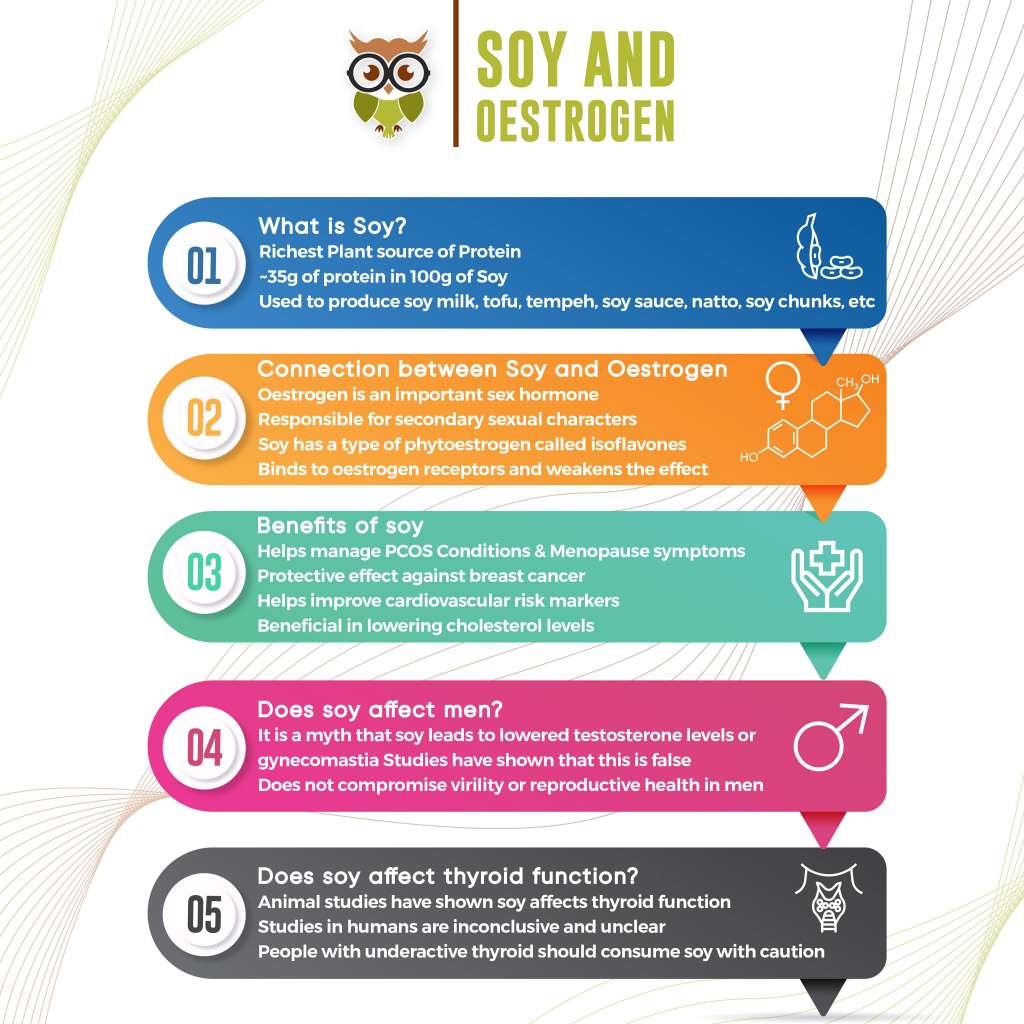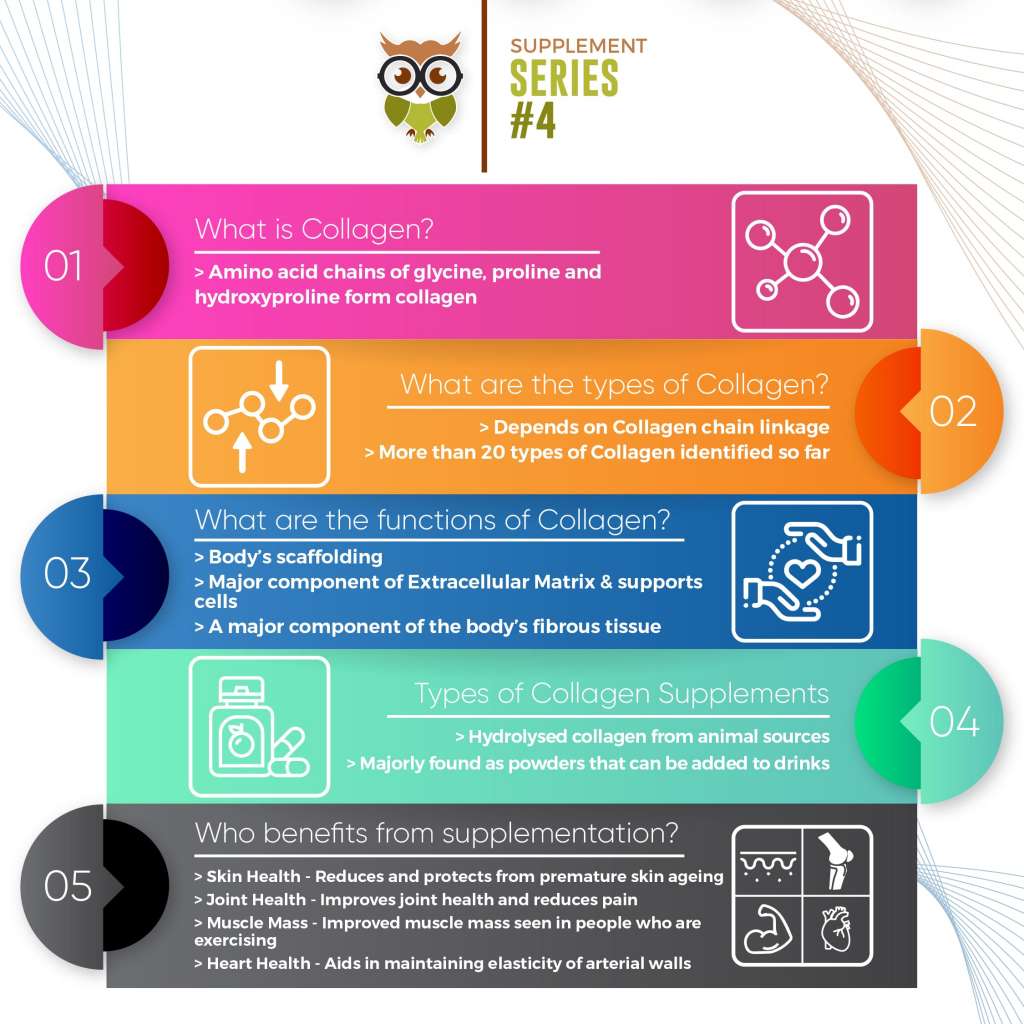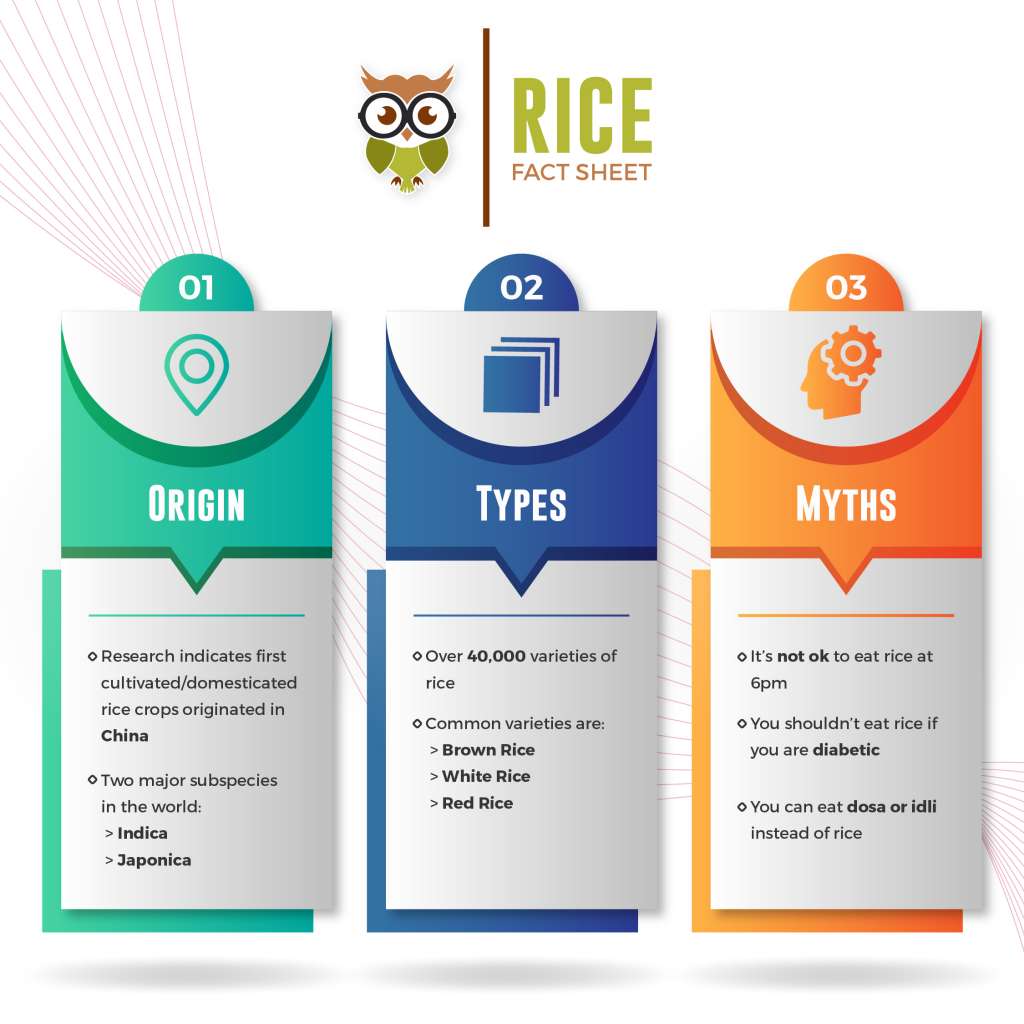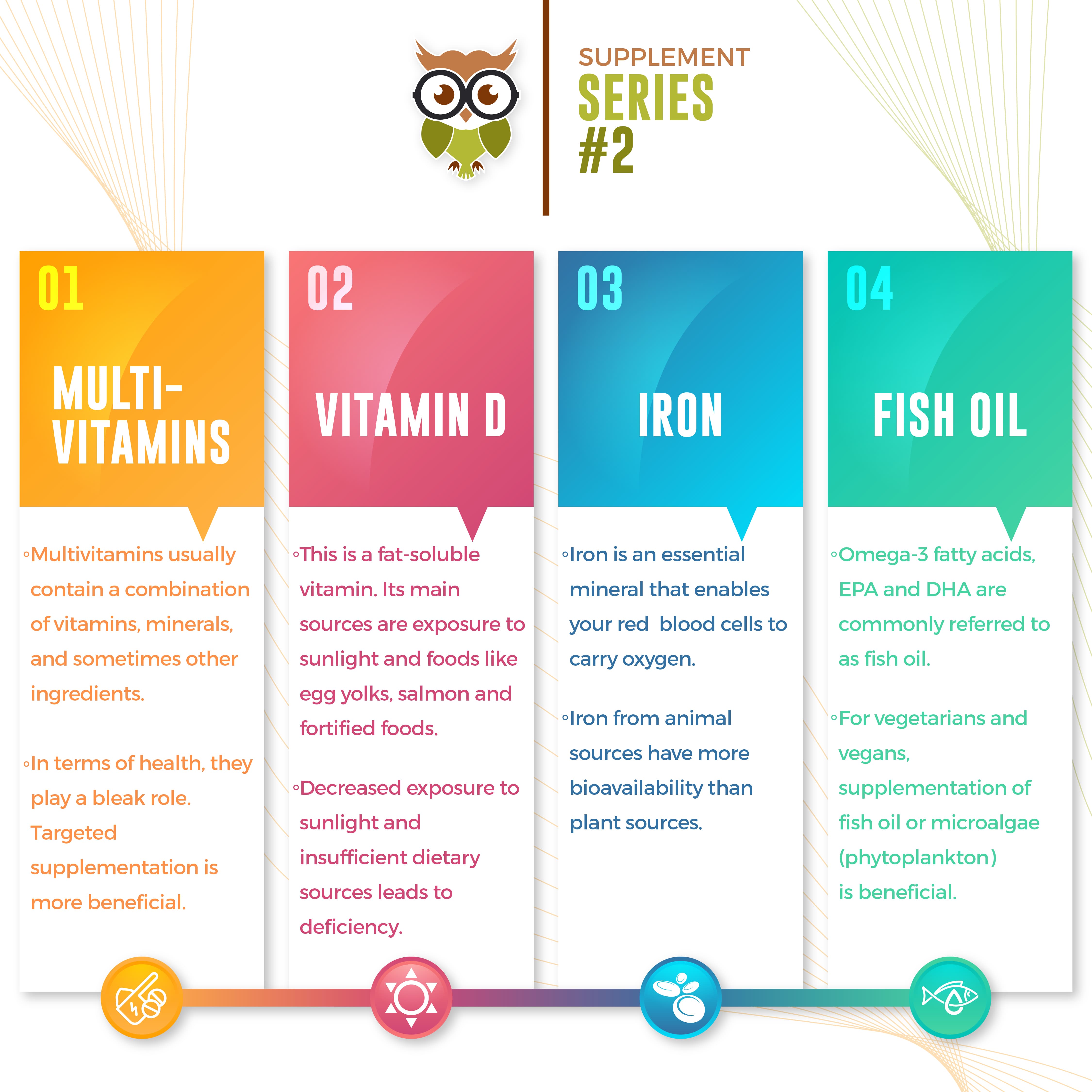Introduction:
When it comes to hair and skin health, many people focus on topical treatments such as creams and lotions, but the truth is that nutrition plays a vital role in maintaining healthy hair and skin. A balanced diet rich in vitamins, minerals, and other essential nutrients can improve the health and appearance of your hair and skin.
Causes of Poor Hair and Skin Health:
There are several causes of poor hair and skin health, including genetics, environmental factors, and lifestyle choices. Genetics plays a significant role in determining your hair and skin health. Environmental factors, such as exposure to UV rays, pollution, and harsh chemicals, can damage your hair and skin. Lifestyle choices such as smoking, excessive alcohol consumption, and poor diet can also contribute to poor hair and skin health.
Myths and Facts about Hair and Skincare:
Myth: You don’t need to eat a healthy diet to have healthy hair and skin.
Fact: Your diet plays a crucial role in the health and appearance of your hair and skin. A diet rich in fruits, vegetables, lean proteins, and healthy fats can improve the health and appearance of your hair and skin.
Myth: You can’t do anything to prevent wrinkles.
Fact: A healthy diet rich in antioxidants, such as vitamins C and E, can help prevent wrinkles.
Myth: Eating Chocolate Causes Acne
Fact: While there is no direct link between eating chocolate and acne, a diet high in sugar and processed foods can contribute to inflammation in the body, which can lead to skin issues. Consuming a balanced diet with plenty of fruits and vegetables can provide the necessary nutrients for healthy skin.
Myth: Drinking Water Will Hydrate Your Skin
Fact: While staying hydrated is important for overall health, drinking water alone will not hydrate your skin. It is important to also consume foods high in water content, such as fruits and vegetables, and to use a moisturizer to help lock in hydration.
Myth: Avoid lactose for better skin
The impact of lactose on skin health depends on individual factors such as genetics, lifestyle, and diet. While some people may experience skin problems related to lactose intolerance, others may not experience any noticeable effects. Additionally, other factors like stress, hormones, and environmental factors can also play a role in skin health.
Myth: Eating More Protein Will Give You Clear Skin
Fact: While protein is important for skin health, consuming excessive amounts can lead to inflammation in the body, which can lead to skin issues. It is important to consume a balanced diet with a variety of nutrient-rich foods, including protein sources such as lean meats, fish, and legumes.
Significance of nutrition in improving Hair and skin health:
- The Importance of Protein for Hair Health:
Protein is an essential nutrient for healthy hair growth. Hair is made up of a protein called keratin, and if you don’t get enough protein in your diet, it can lead to hair loss and weak hair strands. Some excellent protein sources for hair health include lean meats, fish, eggs, nuts, and beans. Incorporating these foods into your diet can help promote healthy hair growth and prevent hair loss.
- The Role of Vitamins and Minerals in Skin Health:
Vitamins and minerals play a crucial role in maintaining healthy skin. Vitamin C is an antioxidant that helps protect the skin from damage caused by UV rays and pollution. Vitamin A helps reduce the appearance of fine lines and wrinkles, while vitamin E helps to soothe and hydrate the skin. Zinc is a mineral that helps to control oil production and prevent acne. Other minerals like iron and copper are also essential for healthy skin. Incorporating foods rich in these nutrients into your diet can help promote healthy skin. – Iron – improving
The Role of Vitamins and Minerals in Skin Health:
- Vitamin C: This vitamin is essential for collagen production, which is important for maintaining skin elasticity and preventing wrinkles. It also acts as an antioxidant, protecting the skin from damage caused by free radicals. Foods rich in vitamin C include citrus fruits, berries, kiwi, papaya, broccoli, and red peppers.
- Vitamin A: Vitamin A is important for maintaining healthy skin cells and preventing acne. It also helps to protect the skin from UV damage. Foods rich in vitamin A include sweet potatoes, carrots, spinach, kale, and liver.
- Vitamin E: Vitamin E is an antioxidant that protects the skin from damage caused by free radicals. It also helps to moisturize the skin and improve skin elasticity. Foods rich in vitamin E include almonds, sunflower seeds, avocado, and spinach.
- Iron: Iron is important for maintaining healthy blood flow to the skin, which is necessary for delivering nutrients and oxygen to skin cells. Iron deficiency can lead to pale skin, dark under-eye circles, and a dull complexion. Foods rich in iron include red meat, poultry, fish, beans, and leafy greens.
- Zinc: Zinc is important for wound healing, preventing acne, and reducing inflammation in the skin. It also helps to regulate oil production in the skin. Foods rich in zinc include oysters, beef, chicken, beans, and nuts.
- Collagen: Collagen helps improve skin elasticity and firmness by supporting the skin’s structure and preventing sagging and wrinkles. Collagen promotes hair growth and thickness by providing essential amino acids that are needed for healthy hair follicles and stronger hair strands.
- Fat – Essential fatty acids like omega-3 and omega-6 are crucial for maintaining healthy skin and hair. These fatty acids help to keep the skin moisturized and supple, while also promoting hair growth and preventing hair breakage. Fats are also important for absorbing the fat-soluble vitamins like vitamins A, D, E, and K which are important for maintaining healthy skin and hair. Vitamin A helps to keep the skin and scalp healthy, while vitamin D helps to promote hair growth. Vitamin E is an antioxidant that protects the skin from damage, and vitamin K helps to reduce dark circles and bruises.
- Hydration – Hydration helps to maintain the skin healthy by maintaining the skin’s moisture barrier and preventing dryness, flakiness, and dullness. Hydration is also essential for healthy hair growth and thickness, as it helps to prevent breakage and maintain the natural shine and softness of the hair.
How Stress Can Affect Hair and Skin Health:
Stress can have a significant impact on hair and skin health. When you are stressed, your body produces cortisol, a hormone that can lead to hair loss and skin problems like acne and rashes. Stress can also cause you to engage in unhealthy habits like smoking and drinking, which can further damage hair and skin. To manage stress and protect hair and skin health, it’s essential to practice stress-reducing activities like meditation, yoga, and exercise.
The Impact of Hormonal Changes on Hair and Skin Health:
Hormonal changes can have a significant impact on hair and skin health, especially for women. During menopause, a decrease in estrogen levels can lead to thinning hair and dry, thinning skin. Hormonal imbalances can also lead to acne and other skin problems. To manage hormonal changes and protect hair and skin health, it’s essential to eat a balanced diet, stay hydrated, and use natural skin care products that support hormonal balance.
Some reasons why hormonal changes can affect hair and skin health include:
- Androgens, such as testosterone, can cause an increase in sebum production, leading to oily skin and acne.
- Hormonal changes during pregnancy or menopause can affect hair growth and texture.
- Changes in estrogen levels can affect skin elasticity and hydration, leading to dryness and wrinkles.
- Hormonal imbalances, such as in conditions like polycystic ovary syndrome (PCOS), can lead to excess hair growth and acne.
- Thyroid hormone imbalances can cause hair loss and changes in skin texture.
Conclusion:
In conclusion, nutrition and good lifestyle habits play a vital role in maintaining healthy hair and skin. By eating a balanced diet rich in essential nutrients, staying hydrated, protecting your skin from environmental damage, avoiding unhealthy habits such as smoking and excessive alcohol consumption, and getting enough sleep and exercise, you can significantly improve the health and appearance of your hair and skin. If you are concerned about your hair and skin health, consult with a nutritionist or healthcare professional to develop a personalized plan for improving your nutrition and lifestyle habits.
Bibliography
- Indian Journal of Dermatology: http://www.e-ijd.org/article.asp?issn=0019-5154;year=2018;volume=63;issue=1;spage=3;epage=12;aulast=Khurana
- Journal of Nutrition and Metabolism: https://www.ncbi.nlm.nih.gov/pmc/articles/PMC3583891/
- Smith, Jane. “The Importance of Hair and Skin Nutrition.” Healthy Living Blog, Healthy Living Inc., 15 Feb. 2023, https://www.healthylivingblog.com/hair-skin-nutrition.
- Indian Council of Medical Research: https://www.icmr.gov.in/
- Harvard Health Publishing: https://www.health.harvard.edu/
Video topics:
Youtube videos:
- The Connection Between Nutrition and Acne: Foods to Eat and Avoid
- Protein and Hair/Skin Health: The Importance of Protein in Your Diet
- Superfoods for Healthy Hair and Skin: Ingredients to Add to Your Diet
Reels/shorts:
- Nourishing Hair and Skin with Antioxidants: The Power of Fruits and Vegetables
- Myths and skin health Diet
- Nutrients for Healthy Skin: Vitamins and Minerals to Improve Skin Health and Appearance








